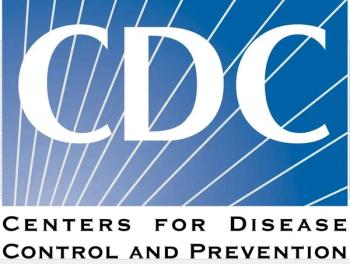
How to Identify & Evaluate Chronic Kidney Disease Using eGFR and UACR: In brief
Primary care clinicians are critical to screening and caring for CKD. This "In brief" slide show reviews the 2 key lab tests used to diagnose the disease.
The primary care professional is essential to early detection and ongoing management of chronic kidney disease and primary interventions can help delay the need for referral to a nephrologist.
There are several professional society guidelines available to guide care, although the recommendations may conflict at times, according to the National Kidney Disease Education Program (NKDEP).
The NKDEP created a concise guide specifically for the busy primary care professional that highlights the most important considerations for diagnosing and slowing the progression of CKD. The slides that follow offer a look at the 2 key laboratory studies used to detect CKD as presented by the NKDEP, and in brief.
Newsletter
Enhance your clinical practice with the Patient Care newsletter, offering the latest evidence-based guidelines, diagnostic insights, and treatment strategies for primary care physicians.


















































































































































































































































































